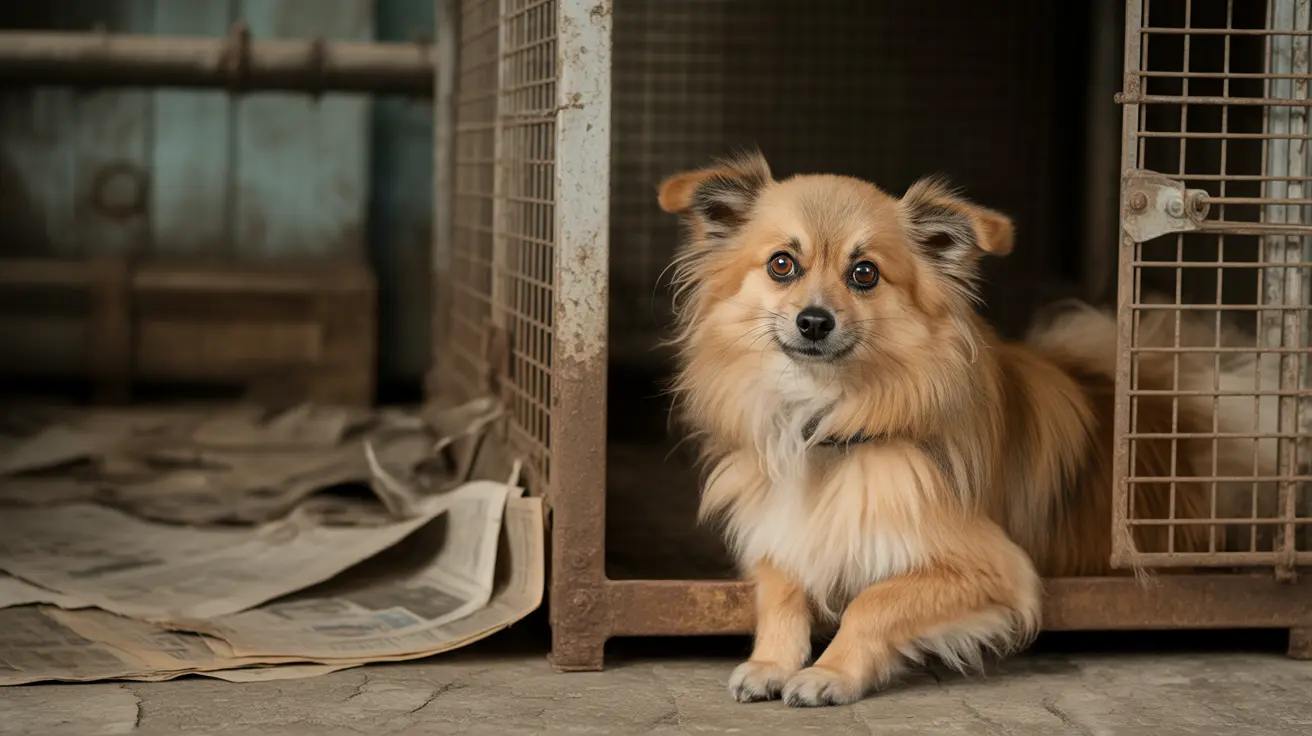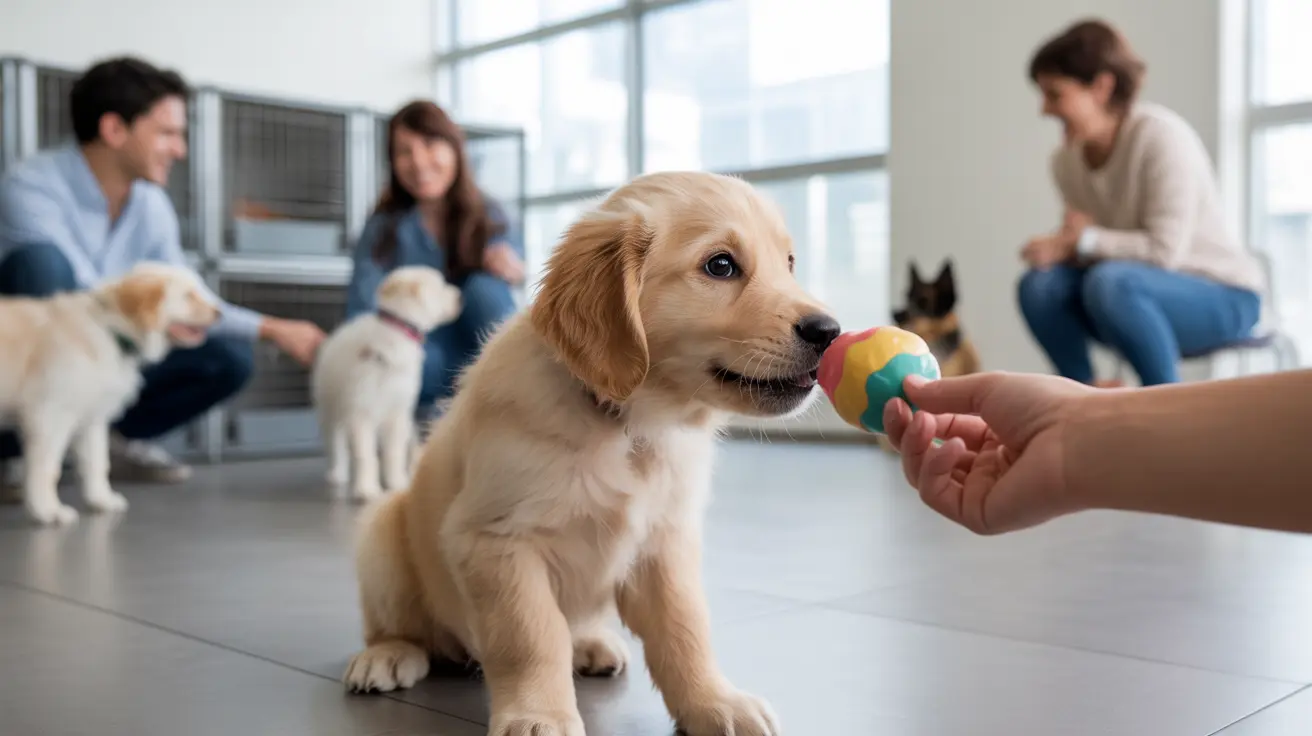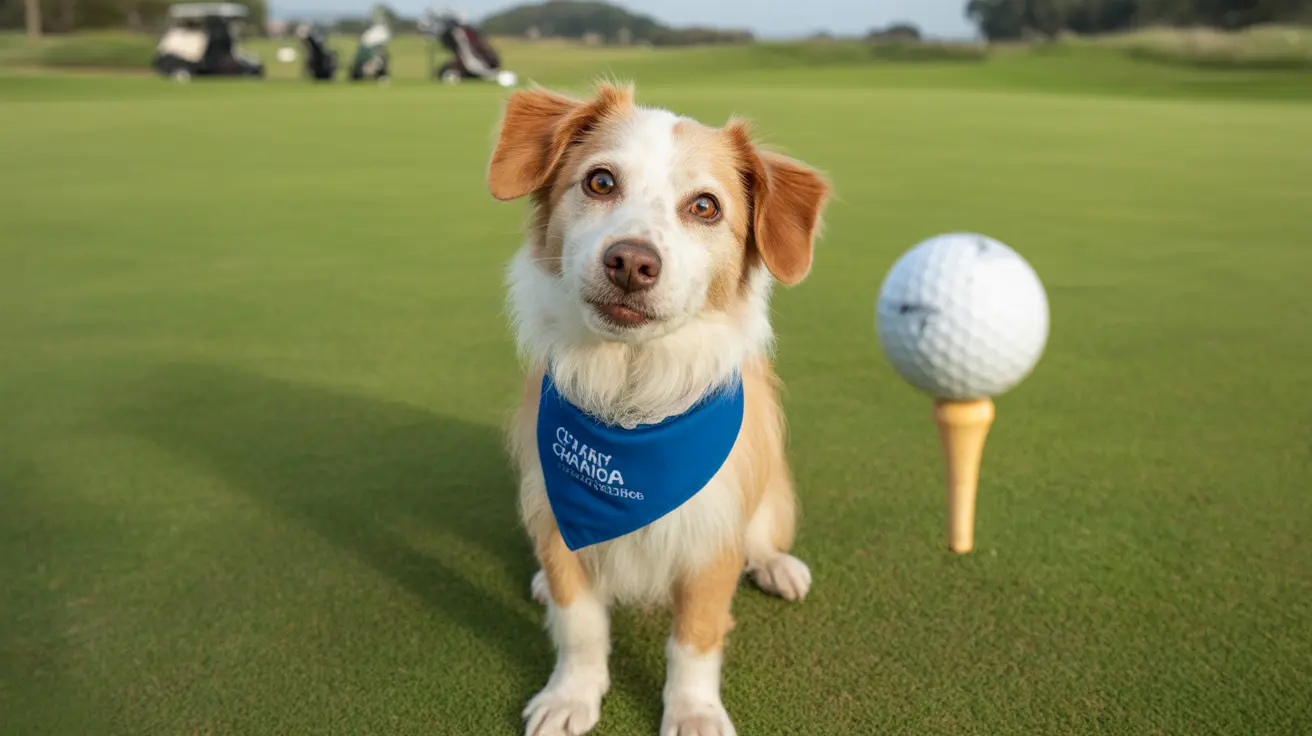Understanding How Dogs Apologize: Canines and Their Way of Saying Sorry
Have you ever returned home to find chewed-up shoes or a knocked-over trash can, only to be met by your dog's guilty eyes and lowered head? Dog owners are often charmed by their pet's seemingly apologetic behavior, but have you ever wondered if dogs truly understand what it means to say 'sorry'?
Do Dogs Understand Apology?
While dogs may not grasp the human concept of apology, they do recognize when their behavior upsets their humans. Over thousands of years of domestication, dogs have developed a remarkable ability to read and respond to human emotions. This emotional intelligence enables them to display behaviors that resemble apologies.
Common Signs of a Dog's 'Apology'
When a dog senses that you are upset, their response will often include a combination of body language cues that demonstrate submission and a desire to restore harmony.
- Lowered head and body: Dogs lower their posture to indicate submission and non-aggression.
- Tail tucking: A tucked tail signals that the dog feels anxious or submissive.
- Licking: Dogs may lick your face, hands, or feet as a gesture of appeasement or affection.
- Pawing: Softly touching you with a paw can be a way of seeking attention or reconciliation.
- Avoiding eye contact: Dogs may cast their gaze downward or away as a sign of submissiveness.
- Whining or low vocalizations: These sounds express a dog's unease and need for reassurance.
The Role of Pack Behavior
Dogs are pack animals by nature. In a pack, maintaining harmony is crucial for survival. When conflicts arise, wolves and wild dogs often use appeasement behaviors to restore peace within the group. Domesticated dogs have retained many of these behaviors and use them instinctively when interacting with humans, whom they consider members of their pack.
Is It Really an Apology?
From a scientific perspective, most experts agree that what appears to be an apology is more accurately interpreted as submissive behavior. Dogs are not capable of moral reasoning in the same way humans are. They do not feel guilt in a human sense, but they do understand cause and effect. If a certain behavior leads to a negative response from you, they may try to correct that behavior—not because they know they did something 'wrong,' but because they want to make you happy again.
How to Respond to Your Dog
Your reaction to your dog’s behavior can either reinforce or discourage certain actions. Here are a few tips on how to respond:
- Stay calm: Avoid yelling or using punishment, as this can increase anxiety and confusion in your dog.
- Reward positive behavior: When your dog exhibits calming or 'apologetic' behavior, reward them with soothing words or a pat.
- Use training: Consistent training helps dogs understand what behaviors are expected and which ones to avoid.
- Reestablish trust: If your dog is showing distress, comforting them helps restore the bond and avoid future incidents.
Do Certain Breeds Apologize Differently?
While most dogs share similar body language cues, certain breeds may exhibit more exaggerated behaviors. For example, highly expressive breeds like Golden Retrievers or Border Collies might show more overt signs of submission, while more independent breeds may be subtler in their approach.
Conclusion
Though dogs may not apologize in the human sense, their intuitive understanding of your emotions enables them to display behaviors that mirror remorse. Recognizing these signs not only deepens your bond but also gives you tools to communicate and train your dog more effectively. The next time your furry friend lowers their head or offers a tentative lick, know that it's their way of saying, 'I care' and 'Let's be okay again.'





